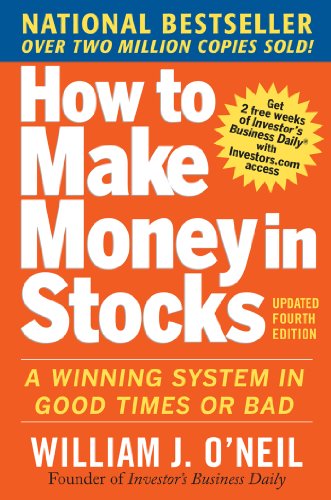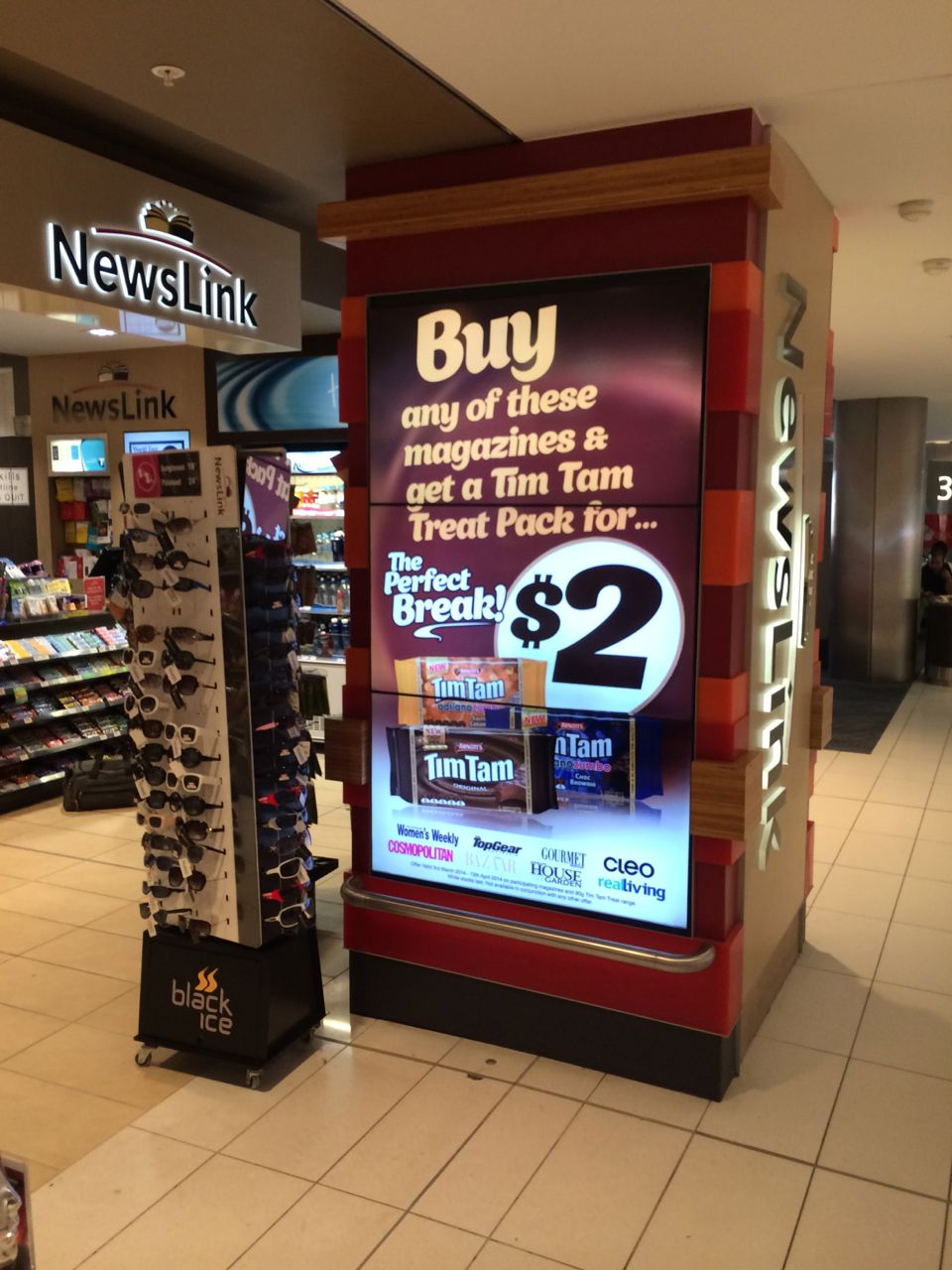

In other words, how many weeks it will take for an item to sell out based on current on hand inventory and future projected weekly sales. WOS acts as a metric to value the life of inventory on hand in weeks. Weeks of supply, or WOS, is a measurement for safety stock as it relates to your future demand. Without the insights attached to this metric, brands may turn to discounting as a short term strategy to offload cash constraining inventory. With this information, a planner or merchandiser can know what is considered “stale” inventory and reallocate it to other locations or channels where needed. Combined with WOS, EOH is used to understand the longevity of inventory.

EOH helps identify how much inventory is available by channel, location, and season. Quantified at units, cost, and retail, ending on hand inventory (EOH) reflects the sum of all units for the last day of the selected time range. Though like any metric, GMROI should be assessed in tandem with other KPIs as what proves to be strong in one area may not apply to others. Alternatively, anything below a rate of 1 would imply negative returns. While ideal rates vary by industry, generally a higher GMROI signifies a “healthier” product. It is calculated as gross margin divided by average inventory cost to show margin relative to the investment. GMROI is essentially the degree to which a product yields financial gain as measured by a price to earnings ratio. Short for gross margin return on (inventory) investment, GMROI is perhaps the most crucial metric of profitability for planners who buy low to sell high. Measuring your inventory against the following KPIs is the first step in strategizing inventory plans and setting yourself up for success. Costs associated with storage, movement, and markdowns all add up to make inventory management a critical component to the health of any retailer. Doing so inaccurately will result in expenses beyond the constraint of cash. The role of inventory managers is to turn this budget into profit for their company as fast as possible. Depending on their size, brands can spend anywhere from 50-80% of their budget on inventory.


While topline sales provide a visible indication of performance, actual business profitability relies heavily on proper inventory management. Knowing the right metrics to measure your inventory against can help you understand the degree of impact to your business and what your future might hold.
Instock or in stock free#
To broaden the movement of restaurants and catering companies using “rescued” food, in 2017 InStock opened Food Rescue Centre, a distribution facility where unsold products, mainly fruit and vegetables, are collected and selected: each restaurateur can then purchase these products from the online shop and receive them the following day free of charge.With current stats highlighting a nearly 10% decline in retail sales YOY, it’s no surprise that the retail industry will experience an influx and volatility in inventory levels. InStock is now a social enterprise with three permanent restaurants in Amsterdam, The Hague and Utrecht, producing beer and granola from recovered products with its own catering service and a food truck. They are then able to slash food costs, while incurring in other ones such as those for transport and staff selecting the products to be used. Most of the time, salvaged products are donated to InStock. Pasta, refreshments and chocolate with damaged packaging or with packaging that is suitable only for certain times of the year, such as Valentine’s Day or Christmas, are also recovered. Such food, despite complying with safety standards, for various reasons cannot be sold, such as meat that is too close to the sell by date, bread left over from the day before, fish surplus from producers, and leftover stock such as bottles of wine that are in too short supply for them to be put on supermarket shelves. Every day, thanks to the support of a few partners, including above all Albert Heijn, InStock recovers 80% of the food that it then serves for lunch and dinner. Today, almost one third of the food produced is wasted through various processing steps. These are the figures boasted by InStock, the brainchild of Frekevan Nimwegen, Merel Laarman, Selma Seddik and Bart Roetert, all former employees of Albert Heijn, the largest Dutch supermarket chain. Since 2014, 470,000 kilos of food have been recovered and served. Plus: InStock transforms food surplus into products served in restaurants, catering companies and food trucksĬharacteristics : Food, that for various reasons is unsellable and bound to be wasted, is used in restaurants, catering services, food trucks and for the creation of new products with the aim of involving chefs and expanding the food salvage movement Sector : Catering Supplies from salvaged food


 0 kommentar(er)
0 kommentar(er)
